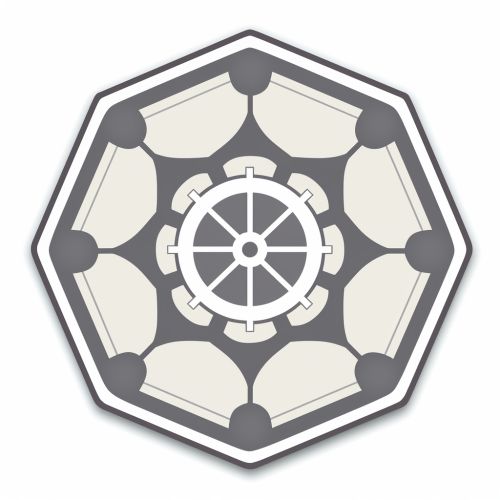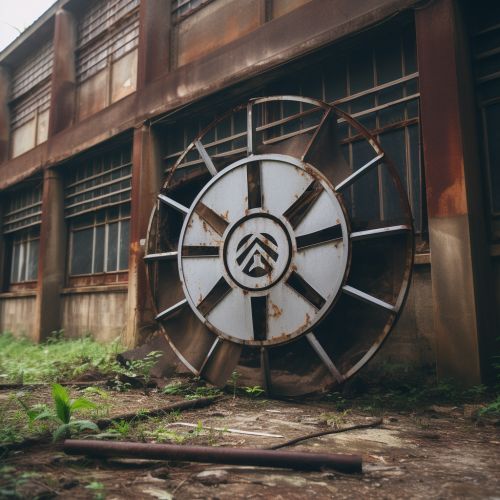Dharma initiative
Overview
The Dharma Initiative, also known as the Department of Heuristics and Research on Material Applications, is a fictional research project featured in the television series Lost. The initiative is primarily represented as a series of bunkers or stations scattered across an unnamed island in the South Pacific. The Dharma Initiative was introduced in the second season of Lost and has since become a significant narrative element of the series.


History
The Dharma Initiative was founded in 1970 by Gerald and Karen DeGroot, two doctoral candidates at the University of Michigan. It was financially backed by Danish industrialist and munitions magnate Alvar Hanso and the Hanso Foundation. The aim of the project was to create a large-scale communal research compound where scientists and free-thinkers from around the globe could pursue research in meteorology, psychology, parapsychology, zoology, electromagnetism, and utopian social dynamics.


Stations
The Dharma Initiative established numerous stations, both on the island and off-site, for various purposes. Each station was equipped with a computer system, and many were also equipped with individual geodesic domes. The stations were connected by a series of underground tunnels, allowing for easy transportation between them.
Some of the most notable stations include:
- The Swan: This station was built to study the unique electromagnetic fluctuations emanating from this sector of the Island.
- The Pearl: This station was used as a psychological experiment where participants were observed via closed-circuit television.
- The Hydra: This station was used for various experiments on animals and humans, including attempts at genetic manipulation.
- The Orchid: This station was used for experiments in space and time, using the unique properties of the island.


Activities
The Dharma Initiative conducted a wide range of activities, from scientific research to social experiments. The Initiative's activities were often shrouded in secrecy, with members required to adhere to strict confidentiality agreements. The Initiative also employed a number of security measures to protect their research, including armed security personnel and elaborate surveillance systems.


Legacy
The Dharma Initiative has had a lasting impact on the island and its inhabitants. Despite the collapse of the Initiative, remnants of its infrastructure and experiments continue to influence events on the island. The Initiative's legacy also lives on through the survivors of Oceanic Flight 815, who encounter the Initiative's facilities and are drawn into its mysteries.


